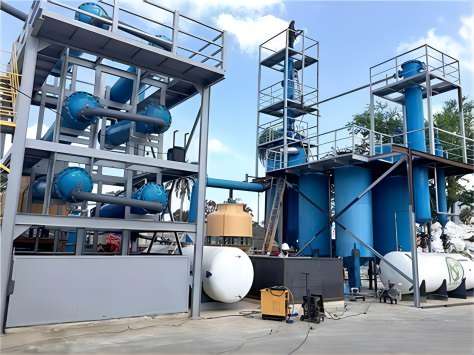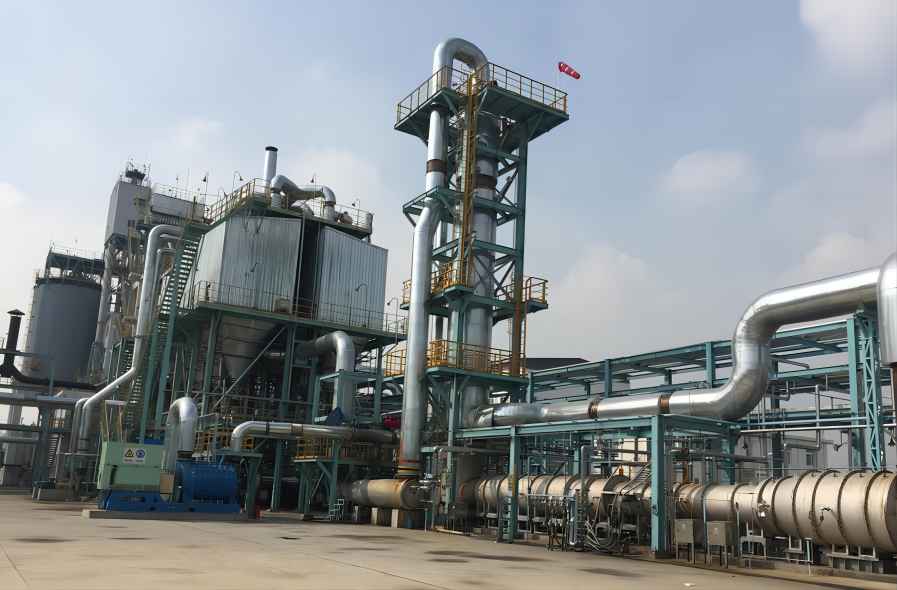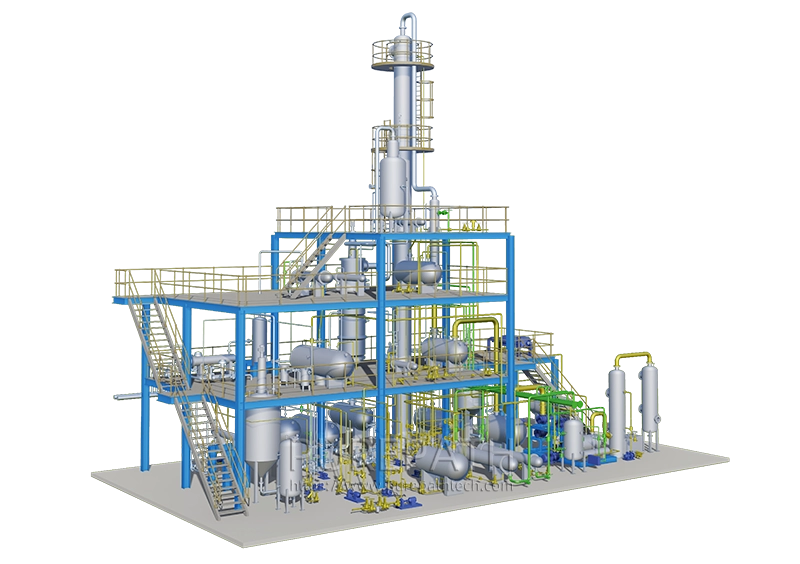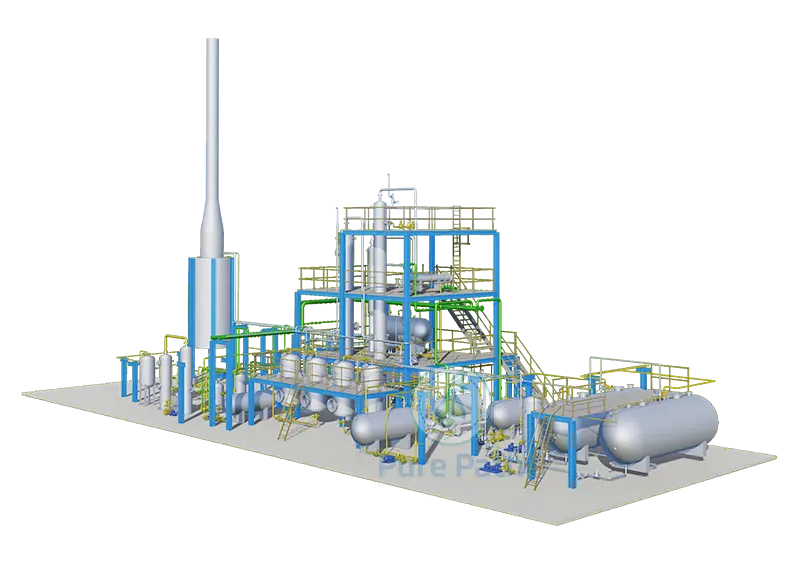Lube Oil Blending Plants: A Key to Sustainable Lubricant Production
Lubricant oil recycling is the process of collecting, processing and re-refining used oil so that it can be used again. It is an important environmental and economic practice that helps to reduce pollution, conserve resources, and create jobs.
What Is Lubricant Oil Recycling?
Lubricant oil is a type of petroleum product that is used to reduce friction between moving parts in machines and engines. It is a valuable resource that can be recycled and reused many times.
The recycling process for lubricant oil typically involves the following steps:
- Collection: Used oil is collected from a variety of sources, including vehicle oil changes, industrial machinery, and power plants.
- Processing: The collected oil is processed to remove contaminants, such as water, dirt, and metal particles.
- Re-refining: The processed oil is re-refined to produce a high-quality lubricant that can be used again.
- Blending: The re-refined oil is blended with additives to create a finished lubricant product.

The Benefits of Lubricant Oil Recycling
There are many benefits to recycling lubricant oil, including:
- Environmental benefits: Recycling used oil helps to reduce pollution and protect the environment. When used oil is not recycled, it can be disposed of in landfills or burned, which can release harmful pollutants into the air and water. Recycling used oil helps to keep these pollutants out of the environment.
- Economic benefits: Recycling used oil creates jobs and helps to conserve resources. The recycling process creates jobs in the collection, processing, and re-refining of used oil. It also helps to conserve resources by reducing the need to extract virgin crude oil from the earth.
- Social benefits: Recycling used oil helps to protect public health. When used oil is not recycled, it can contaminate soil and water, which can harm human health. Recycling used oil helps to prevent this contamination and protect public health.
What Is a Lube Oil Blending Plant?
A lube oil blending plant is a facility that blends re-refined oil with additives to create finished lubricant products. These plants use a variety of equipment to blend the oil and additives, including pumps, tanks, and mixers.
The Different Types of Lube Oil Blending Plants
There are two main types of lube oil blending plants: batch blending plants and continuous blending plants. Batch blending plants blend the oil and additives in batches, while continuous blending plants blend the oil and additives continuously.
The Process of Lube Oil Blending
The process of lube oil blending typically involves the following steps:
- Preparation: The re-refined oil and additives are prepared for blending. This may involve heating the oil, filtering the oil, or diluting the additives.
- Blending: The oil and additives are blended together in a mixing tank. The mixing process is typically done using a propeller or turbine mixer.
- Post-treatment: The blended oil may undergo post-treatment, such as filtration or degassing.
- Packaging: The blended oil is packaged for shipment.

The Benefits of Lube Oil Blending Plants
Lube oil blending plants provide a number of benefits, including:
- Efficiency: Lube oil blending plants can blend large quantities of oil and additives quickly and efficiently.
- Quality control: Lube oil blending plants can ensure that the finished lubricant products meet strict quality standards.
- Cost-effectiveness: Lube oil blending plants can produce finished lubricant products at a cost-effective price
Conclusion
Lubricant oil recycling is an important environmental and economic practice that helps to reduce pollution, conserve resources, and create jobs. The process of lubricant oil recycling involves collecting, processing, re-refining, and blending used oil to create a finished lubricant product. Lube oil blending plants play an important role in the recycling process by blending re-refined oil with additives to create finished lubricant products.
The future of lubricant oil recycling is bright. As the demand for lubricants continues to grow, the need for recycled lubricants will also grow. Lube oil blending plants will be essential to meet this demand by providing a cost-effective and efficient way to produce finished lubricant products from recycled oil.







